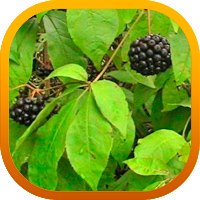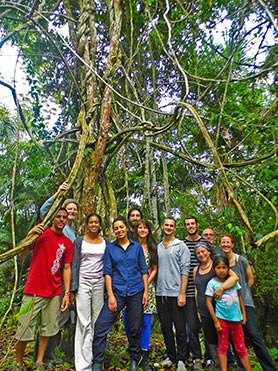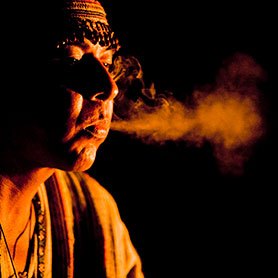
This section will continue to develop as time goes on. It will include numerous remedies for particular ailments as well as for maintaining general health and boosting the immune system. For now, we will provide information about a very unique and special group of plants called adaptogens.
The ability to adapt is said to be an essential element of our ability to survive. The way one reorients to ever-changing surroundings and circumstances surely can be seen to be a major factor influencing the success with which a being interacts with life. Plants show a profound ability to adapt to their surroundings, evidenced among other things by photosynthesis and the production of oxygen thus creating a breathable atmosphere for a host of other living. These very effective ways of adapting to the resources they had available, namely the elements, indicates their proficiency with adaptation.
However there are a specific category of plants that have made this their speciality. These are called ‘adaptogens.’ These are plants that, when consumed, directly alleviate the ill effects of stress on the body, shorten the stress response and increase the speed and efficacy with which the body recovers from it. Stress is implicated in the cause of most illnesses and affects everything from short-term memory to long term brain function, the operating of major organs, chronic pain to the fluid use of joints and the skeletal system. So adaptogens can, indirectly, have far reaching benefits in the treatment and prevention of many diseases.
The plants that have been categorized as primary adaptogens allegedly developed a new compound inside of themselves every time they encountered a new environmental threat. These compounds are unique to that particular plant species. Thus they also teach their story of successful adaptation to the human genome upon consumption and can, allegedly, repair and evolve genes over time. Through their effects on stress they are also implicated in longevity; if taken over a long period of time consistently they are said to increase ones life expectancy significantly.
These plants also have some other unique characteristics among herbal medicines. Namely that a true adaptogen cannot be abused, there is no dosage that is dangerous to exceed, because the plant adapts to the changing needs of your body. Also they typically have few to no contraindications with other plants and pharmaceutical medication. Therefore they are considered safe to be used in conjunction with other treatments, and can increase the efficacy of said treatments. Adaptogenic plants have the power to act in opposing ways. One of the earlier definitions of an adaptogen was a plant that could modulate both an overactive and an underactive response to stress, meaning it could, when needed, perform two opposing effects within the body.
Listed below are just a few plants that have fulfilled the necessary criteria to be labeled as ‘primary adaptogens’. However, there are many other plants that have adaptogenic properties to many differing degrees. Some of these plants have yet to undergo the studies needed to properly label them as such. The Amazon Rainforest is most likely teeming with them and determining which Amazonian plants fit those criteria will play a part in the research we will be conducting at the Riosbo Research Center.
Arctic Root - Rhodiola Rosea
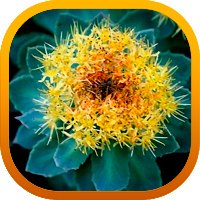
Ashwagandha - Withania Somnifera
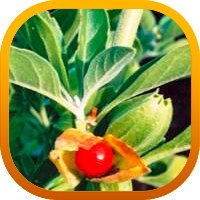
Siberian Ginseng - Eletherococcus Senticosus
